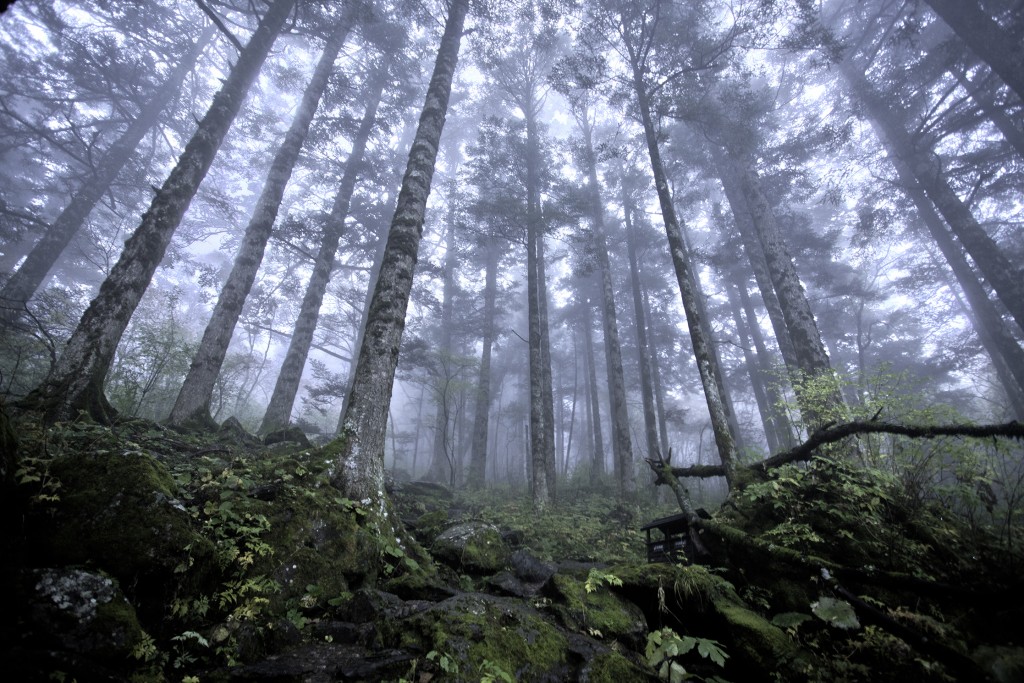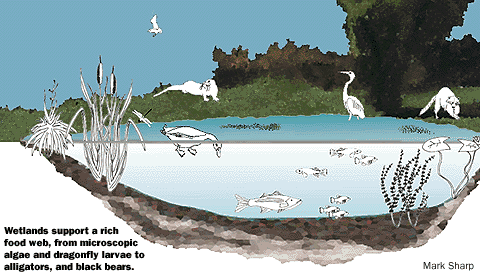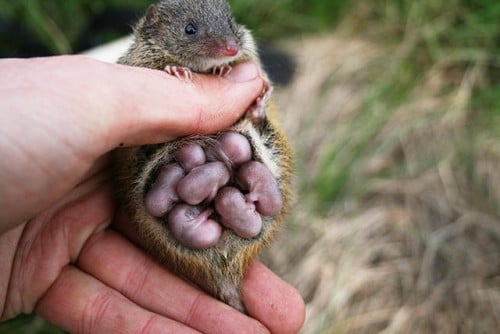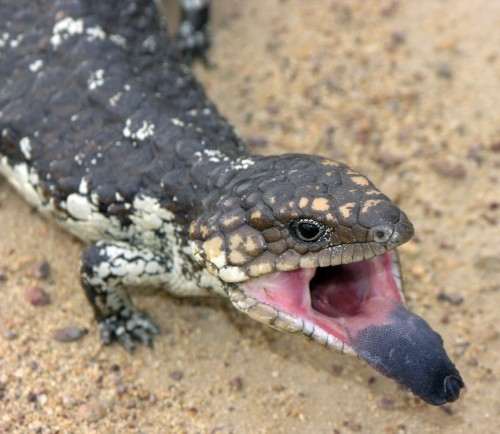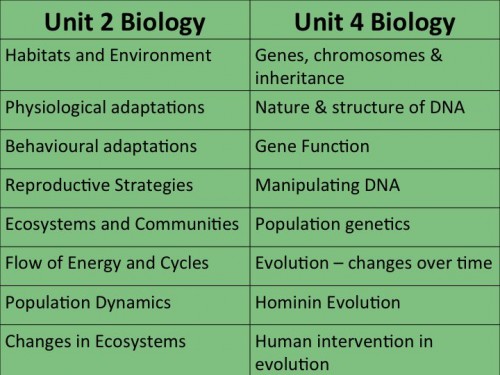Learning Intention: Students will understand the process of ecological succession and be able to identify growth stages of a eucalypt forest.
Mountain Ash (Eucalyptus regnans) is an iconic Victorian species, the tallest flowering plant and the second tallest tree in the world, after the Californian redwood. It only germinates after hot and periodic bushfire, greater than 20 years apart. The forest goes through stages of growth:
- Bushfire
- Germination (1-8 weeks)
- Seedlings (0-4 years)
- Saplings (4-15 years)
- Pole stage (15-30 years)
- Spar stage (30-100 years)
- Mature forest (100-300 years)
- Old Growth Forest (300-400 years)
Forest Secrets – Stages of succession in Mountain Ash forests
Eucalyptus regnans on Wikipedia – Description, Tallest trees and Ecology.
